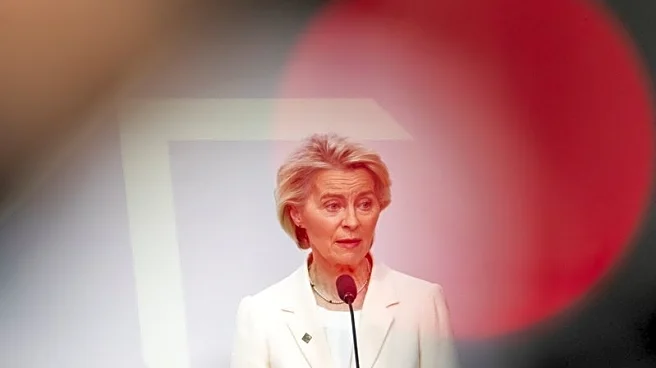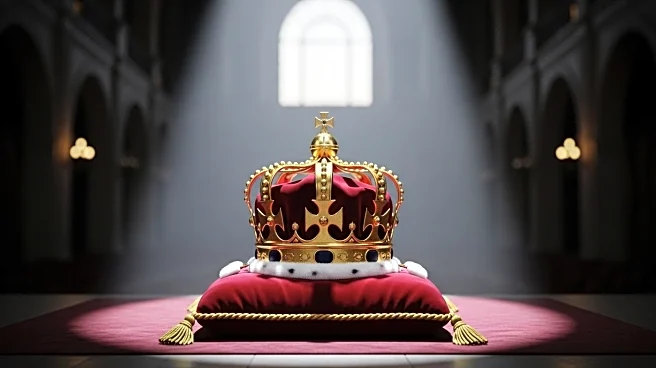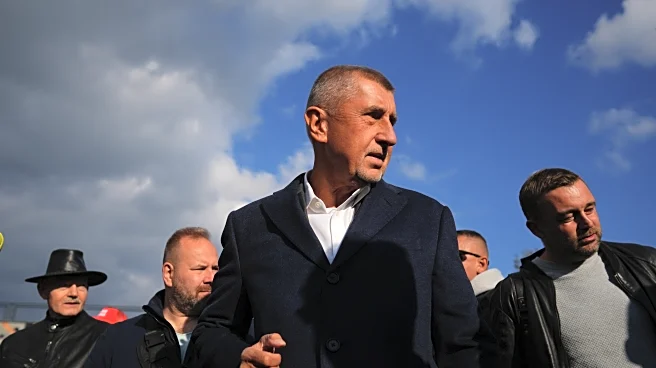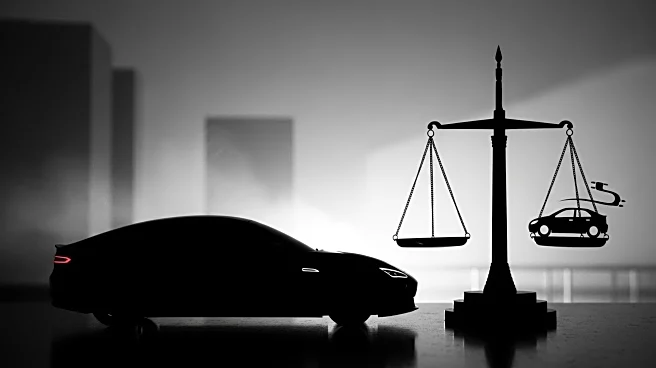What's Happening?
Dacia, a Romanian automaker owned by Renault, has announced significant updates to its popular Sandero model for 2026, including the introduction of a hybrid powertrain. The Sandero, which has been Europe's best-selling car, will now feature a naturally aspirated 1.8-liter gasoline engine paired with two electric motors, a 1.4-kWh battery pack, and an automatic transmission. This setup is designed to enhance fuel efficiency, allowing up to 80% of city driving to be conducted in electric mode. The hybrid system produces a combined 155 hp and 170 Nm of torque. The Sandero Stepway and Jogger models will also receive this hybrid upgrade, with the Jogger already available for order and the Stepway expected to follow in the fourth quarter of next year. In addition to the hybrid option, Dacia is offering a range of engine configurations, including a 1.2-liter three-cylinder turbo engine that runs on liquefied petroleum gas (LPG), providing up to 920 miles of travel with full tanks.
Why It's Important?
The introduction of a hybrid powertrain in the Sandero is a strategic move by Dacia to comply with European Union regulations on emissions and safety standards. As the EU continues to push for greener automotive solutions, Dacia's hybrid offering positions the company to maintain its market leadership in Europe. This development is significant for the automotive industry as it reflects a broader trend towards electrification and sustainability. By offering affordable hybrid options, Dacia is catering to a growing consumer demand for environmentally friendly vehicles without compromising on cost-effectiveness. This could potentially influence other automakers to accelerate their transition to hybrid and electric models, impacting the industry's competitive landscape.
What's Next?
Dacia's hybrid models are expected to bolster its sales in Europe, where environmental regulations are becoming increasingly stringent. The company will likely continue to innovate and expand its hybrid offerings to meet consumer demand and regulatory requirements. As the Sandero Stepway and Jogger models become available with hybrid powertrains, Dacia may explore further electrification of its lineup. Additionally, the success of these models could prompt Dacia to consider expanding its market presence beyond Europe, leveraging its reputation for affordable and efficient vehicles. Stakeholders, including competitors and environmental groups, will be closely monitoring Dacia's progress and its impact on the automotive market.
Beyond the Headlines
Dacia's move towards hybrid technology highlights the ethical and environmental considerations driving the automotive industry. As consumers become more environmentally conscious, automakers are under pressure to reduce their carbon footprint and offer sustainable solutions. This shift not only addresses regulatory demands but also aligns with global efforts to combat climate change. The long-term implications of Dacia's hybrid strategy could include increased investment in research and development for more advanced and efficient technologies, potentially leading to breakthroughs in electric vehicle performance and affordability.












